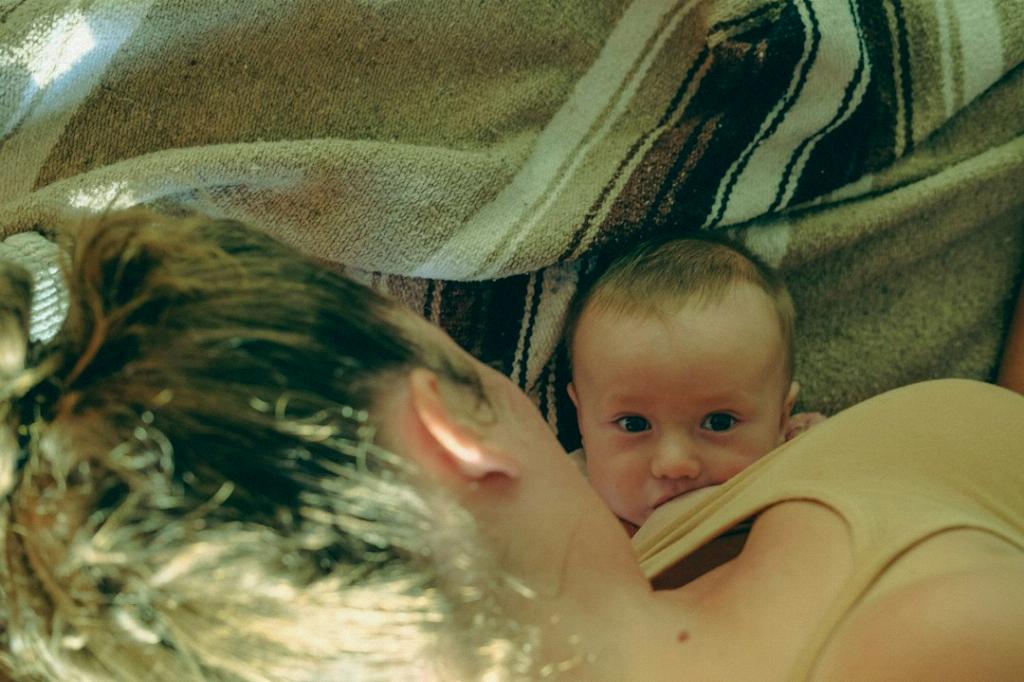Many new mothers may wonder why their nipples look flat after nursing their babies. It’s important to understand that this phenomenon is not uncommon and can be attributed to various factors related to breastfeeding and the anatomy of the breast.
Engorgement and Changes in Nipple Appearance
One common reason for nipples appearing flat after nursing is engorgement. During the early days of breastfeeding, the breasts can become engorged with milk, causing the nipples to flatten out due to the increased fullness of the breast tissue.
Understanding Nipple Inversion
If the nipples appear to retreat or dimple inward, this may be a sign of nipple inversion. Inverted nipples can sometimes make the nipples look flat, especially during breastfeeding or when the breasts are engorged.
Temporary Changes in Nipple Shape
It’s important to note that temporary changes in nipple shape are normal during breastfeeding. Nipples can sometimes appear flat or slightly different in shape after nursing sessions, but this is usually a temporary condition that resolves as the breast tissue adjusts.
Truly Flat or Inverted Nipples
Truly flat or inverted nipples are different from temporary changes in nipple appearance. In the case of flat or inverted nipples, the nipples do not become erect when stimulated or exposed to cold, and this condition typically persists even outside of breastfeeding sessions.
Consulting with a Lactation Consultant
If you have concerns about the shape or appearance of your nipples during or after nursing, it may be beneficial to consult with a lactation consultant. Lactation consultants are trained professionals who can provide guidance and support for breastfeeding mothers experiencing difficulties or concerns.
Addressing Breastfeeding Challenges
It’s important to address any breastfeeding challenges you may be facing, including concerns about nipple appearance, with the help of a healthcare provider or lactation consultant. They can offer advice and support to help you navigate the breastfeeding journey more comfortably.
Normalizing Variations in Nipple Appearance
It’s essential to remember that variations in nipple appearance are normal and can vary from person to person. Every woman’s body is unique, and differences in nipple shape or size should not be a cause for alarm as long as breastfeeding is going smoothly and comfortably.
Embracing Your Body’s Changes
As your body goes through the changes of pregnancy, childbirth, and breastfeeding, it’s essential to embrace and accept the natural variations that may occur. Your body is adapting and changing to nurture and care for your baby, and these changes are a beautiful part of the motherhood journey.
Self-Care and Support
Remember to practice self-care and seek support if you have any concerns or challenges related to breastfeeding or nipple appearance. Surround yourself with understanding and knowledgeable professionals who can offer guidance and reassurance as you navigate this special time in your life.
Conclusion
In conclusion, the appearance of flat nipples after nursing can be influenced by factors such as engorgement, temporary changes in nipple shape, or the presence of truly flat or inverted nipples. It’s important to seek support and guidance if you have any concerns about your breastfeeding experience or nipple appearance, as there are resources available to help you navigate these challenges with confidence and comfort.

